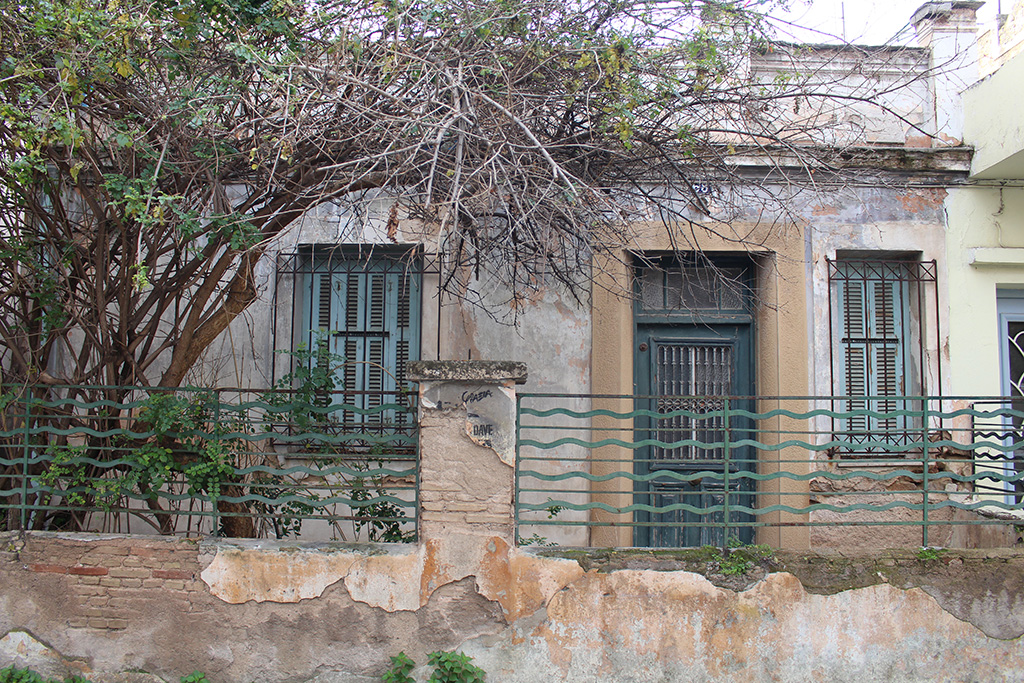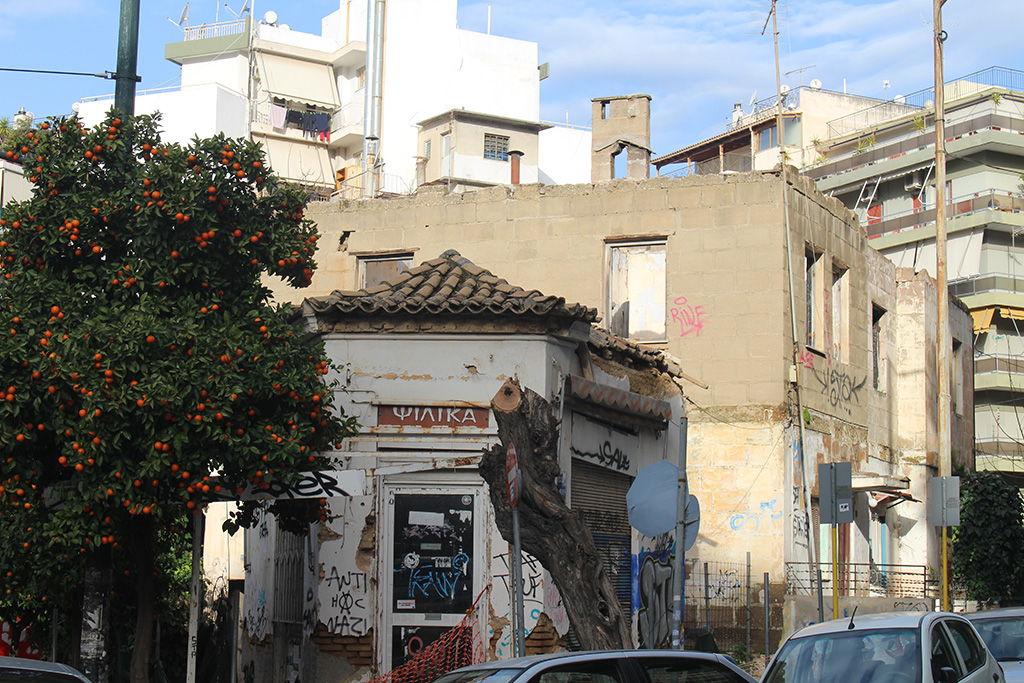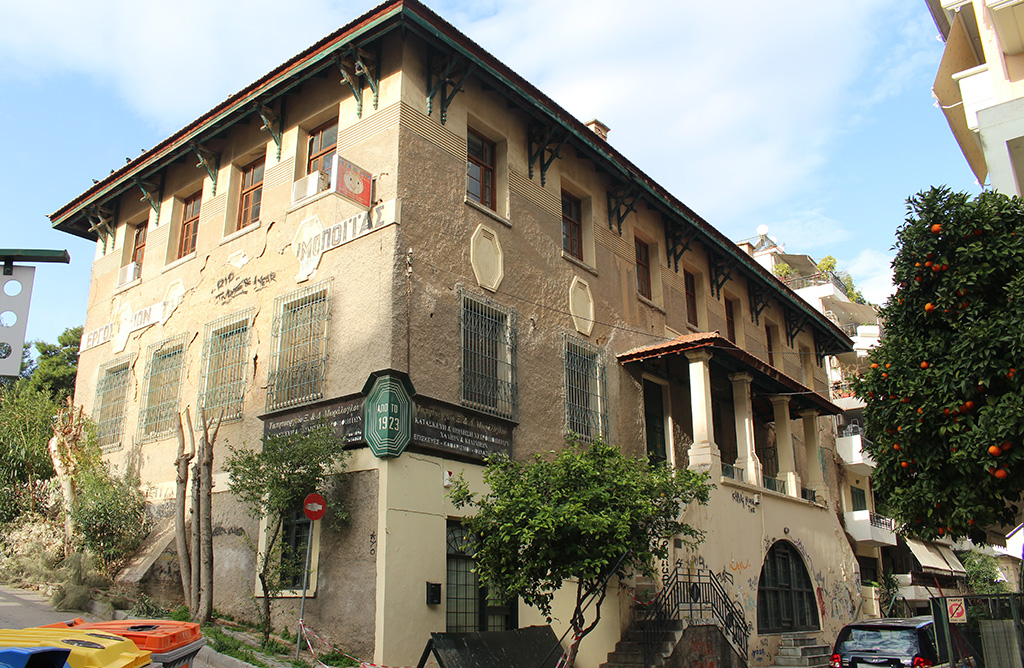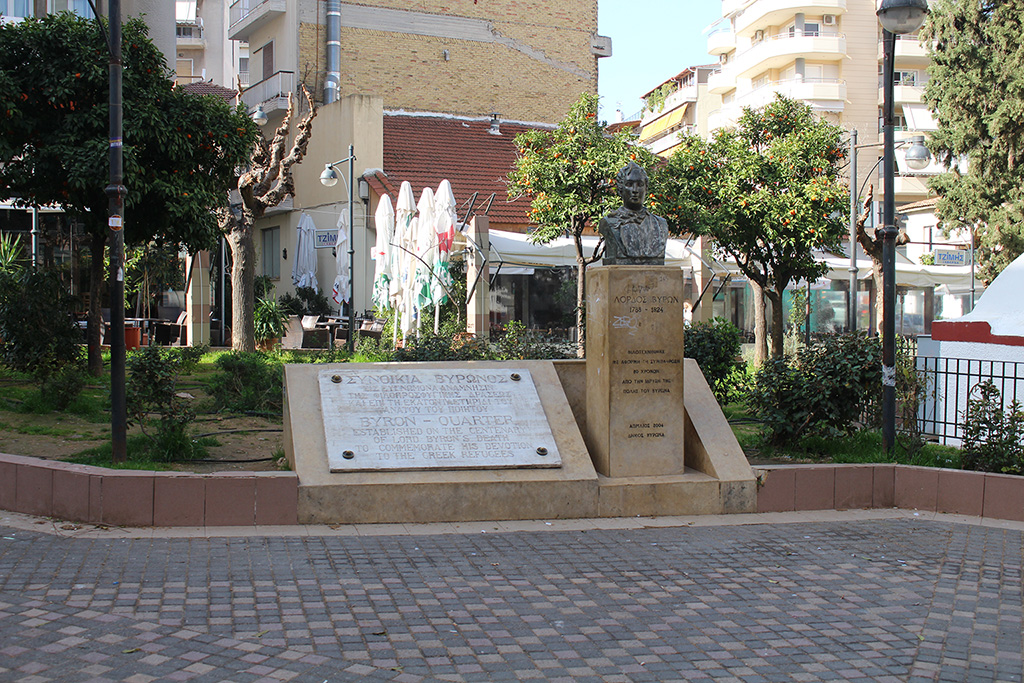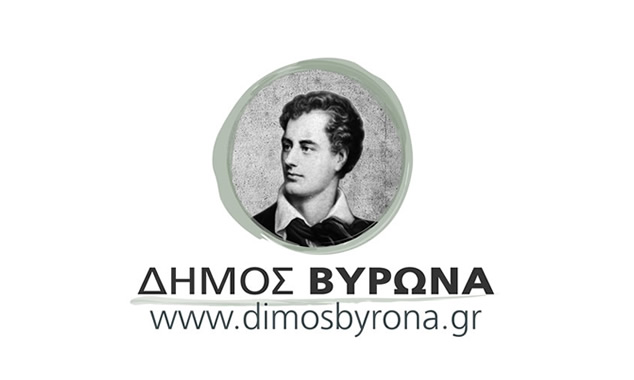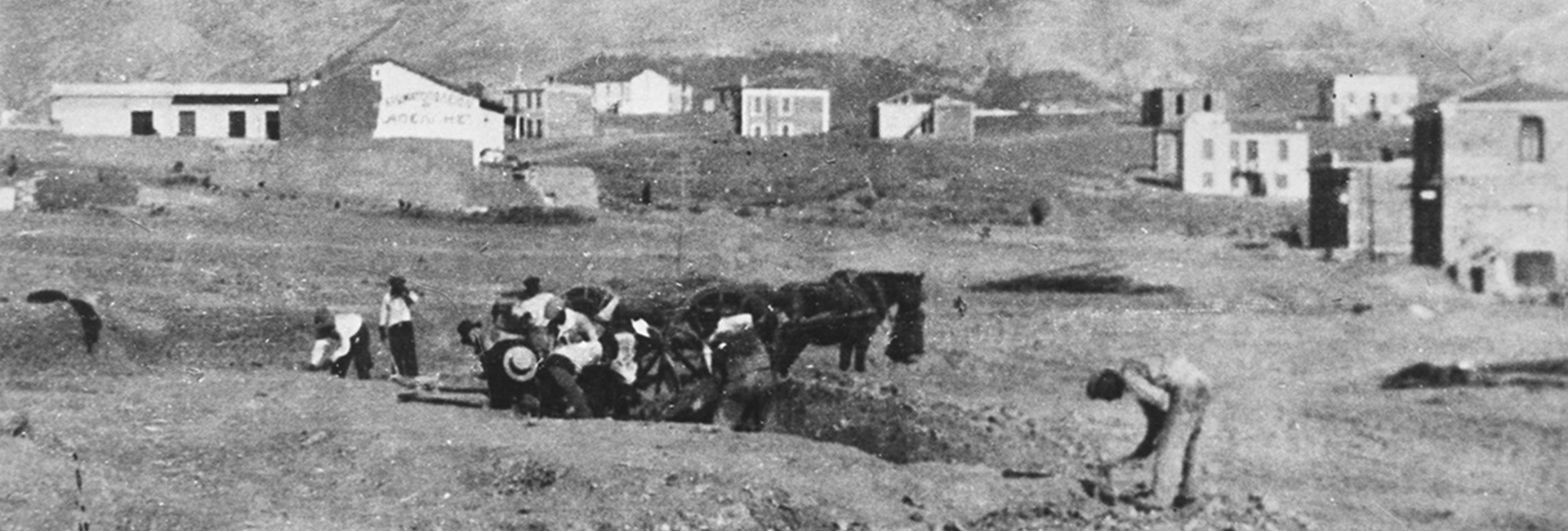
Nea Smyrni
May 17, 2023Vyronas: the first urban refugee settlement
Vyronas is the first urban refugee settlement formally founded in Attica. Initially it was part of the Pangrati settlement. Its foundation stone was set in April 1923, followed by a mass celebration. It was destined for refugees of urban provenance from several Asia Minor cities and towns. Although its name should be reminiscent of the old homeland, it was finally named after Lord Byron, due to the fact that in mid-April 1924 the centenary of the great Philhellene’s death was celebrated in Athens in a particularly glorious manner. Many personalities, particularly from the UK and the United States, visited the Greek capital for this event. The occasion was highlighted by the shift of roles between the Refugee Relief Fund and the Refugee Settlement Commission with the latter becoming the leader in the struggle for the restitution of the refugees with loans from the two aforementioned states. From that moment on, the Commission would set in motion the systematic effort for providing the refugees with houses and jobs, both in the cities and in the countryside.
The area where Vyronas was built spreads on the foothills of Mt. Hymettus, between the Kopanas hill, where the house of Isadora Duncan lies, to the Siafakas’ fenced house (South-North) and from the Analipsi Monastery to the so-called “Bridge” (East-West). This area was barren and used mainly for grazing sheep; it was expropriated for the creation of the refugee settlement. The herdsman, Dimitris Siafakas, who had been using the fields for animal husbandry, was so touched by the refugees’ misfortunes that he allowed them to fill jugs with water from the spring that was located within his premises.
The first shacks were made of wood. The Refugee Restitution Committee, however, starts building small houses with adobe, which are often given up to their future inhabitants without doors and windows. The refugees participate at the construction phase and at the creation of the missing parts. There are cases when the houses are occupied by refugees other than those for whom they were initially destined, and what follows is quarrels and police intervention. Apart from the housing, The head engineer of the Committee for Vyronas, Georgios George Soulis, apart from the housing is also charged with the public buildings, especially with the First Primary School which is accomplished in 1925 and is a model school for those times: it is a twin edifice, for girls and boys, provided with wooden desks and modern equipment. Soulis took also care of the access of inhabitants to water, creating a water tank with a pump within the grove that is being planted opposite the school and where the first stone-built church, Agia Triada, is erected in order to allow refugees to properly follow mass. For, in the beginning the refugees had to perform their religious duties either in the Analipsi monastery or in the chapel of Agios Lazaros, or even in some wooden churches such as Metamorfosi and Agios Dimitrios. However, in some cases they had to face hostility on behalf of the locals; for example, during Easter 1924 the parish council of Agios Lazaros stripped the church of all liturgical items, so that the refugees had to make their own holy sepulchre simulation which, according to the Orthodox tradition, has to be carried around the church on Ash Friday.
Vyronas soon was filled with life. In the Carpet Factory women and children work to support their families. Other women undertake weaving at home. Many women with a bourgeois background are educated and hence look for jobs as secretaries, in offices and companies downtown. Still others take up sewing and collaborate with clothes workshops. Either with the sewing machine or with the typewriter, the women of Vyronas entered dynamically in the working environments. In order to facilitate them, the president of the Refugee Settlement CommissionRefugee Restitution Committee, Henry Morgenthau, along with his wife, founded the first nursery of Athens. The Athenian society, however, conservative as it was, could not accept this and the women of Vyronas were accused as “heartless” mothers.
Other women became the personification of joy and fun in the dancing rooms which spread on the foothill of Mt. Hymettus, attracting the Athenians for nights out. Even in the covered market of the neighborhood, wine and music were a daily routine. Chip-in parties were organized in the shops and the pain of the refugees was transformed into songs, such as “Vyroniotissa” by Griegorisy Asikis. In the beginning of the 1930s, Vyronas acquired a cinema, “Mon Cine”, which served also as a theatre for itinerant companies. The urban originpedigree of the inhabitants was evident in all aspects of their social life, such as in the athletic associations, which were funded soon, organizing cycling, running and team games contests.
Vyronas became a municipality in 1934, along with all the other refugee settlements. The first mayor was the doctor Nikolaos Frangiadis. The citizens supported Eleftherios Venizelos’ party and later on, during the German Occupation, many of them were recruited by the National Liberation Front. In August 1944, during the Blockade of Vyronas, eleven of them were shot and hundreds of others were sent to concentration camps in Germany. Dimitris Psathas, a local Vyroniote, wrote about the hard days of the Occupation in his books but he was also inspired by people of the neighborhood to create funny moments and personnages.

